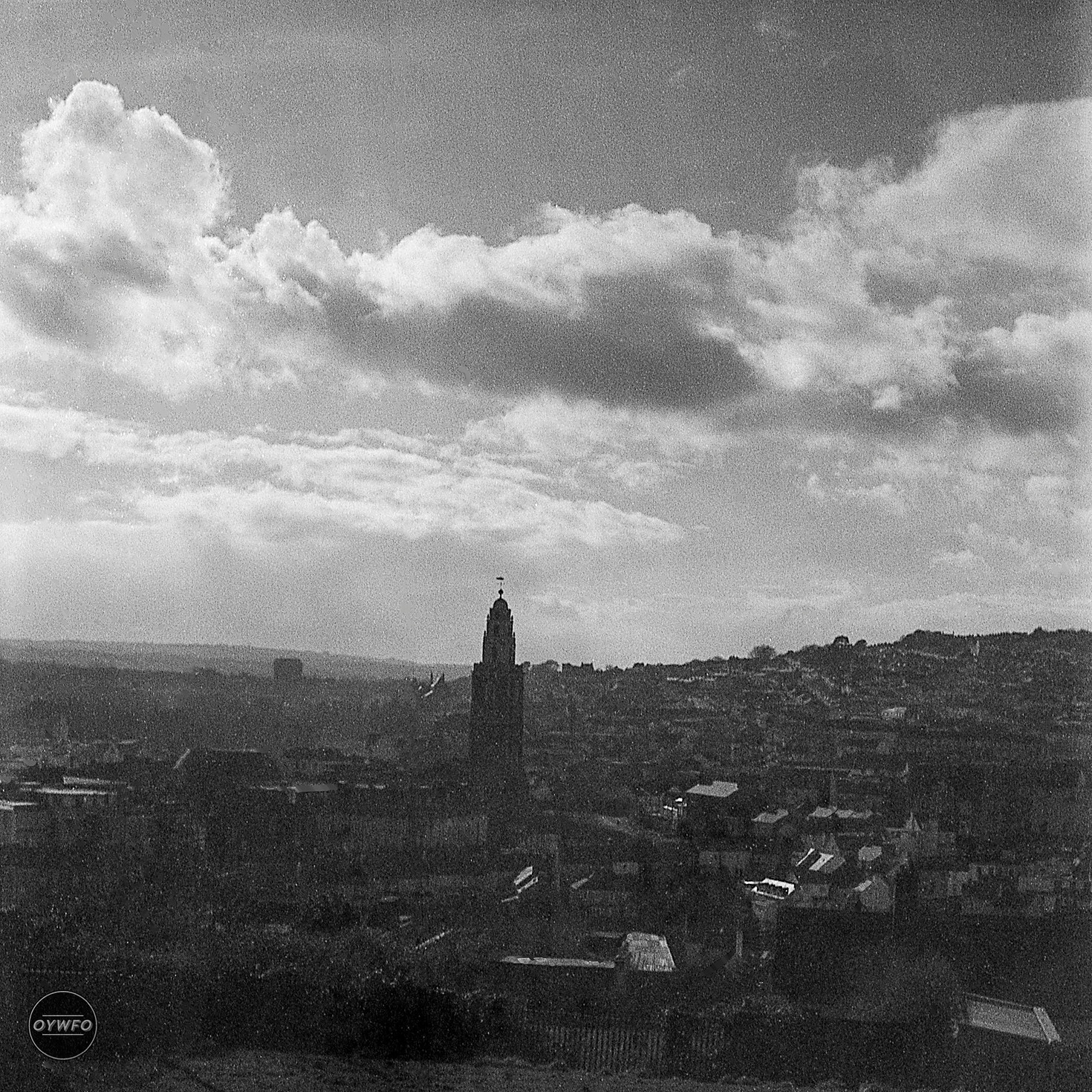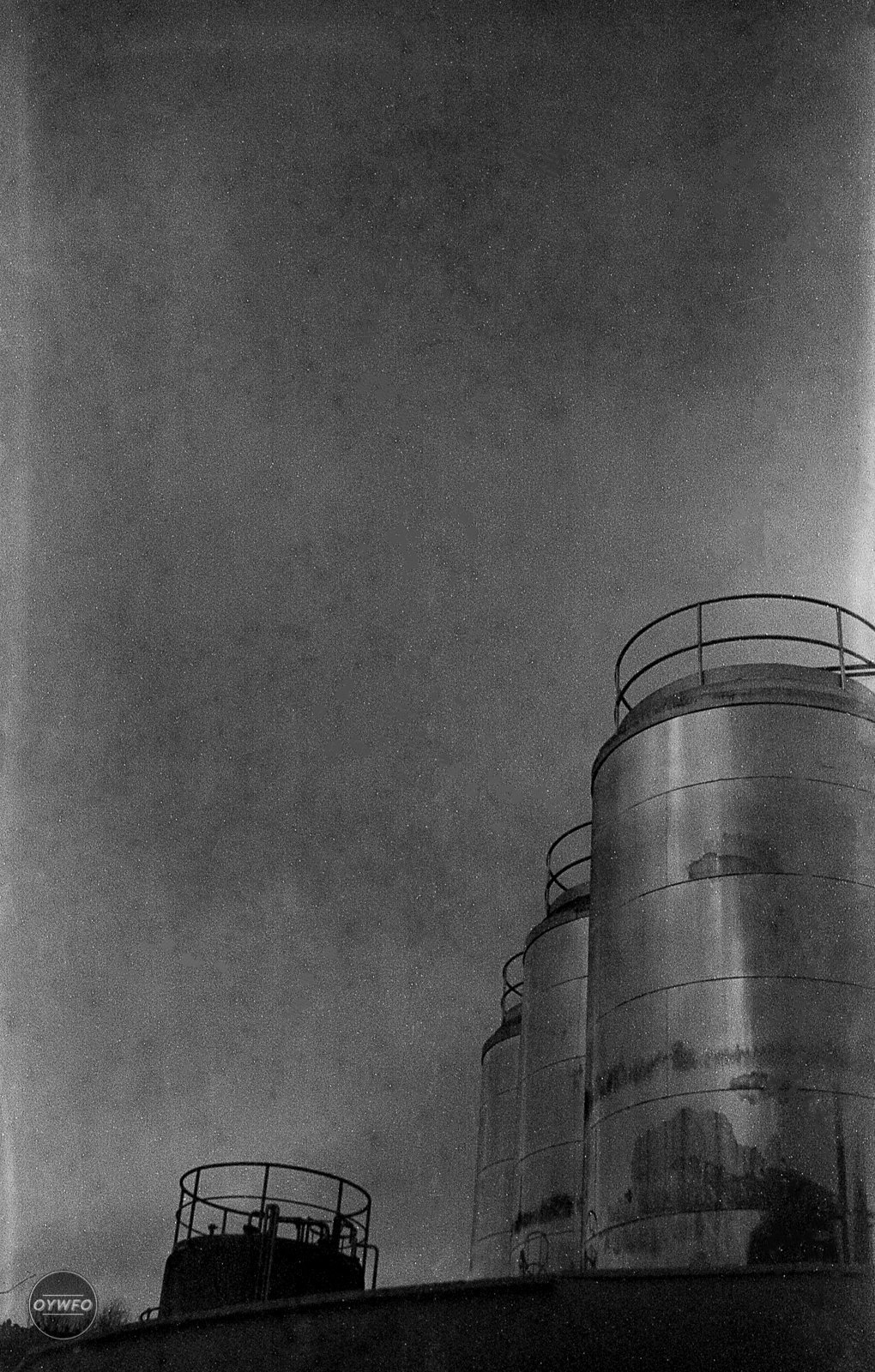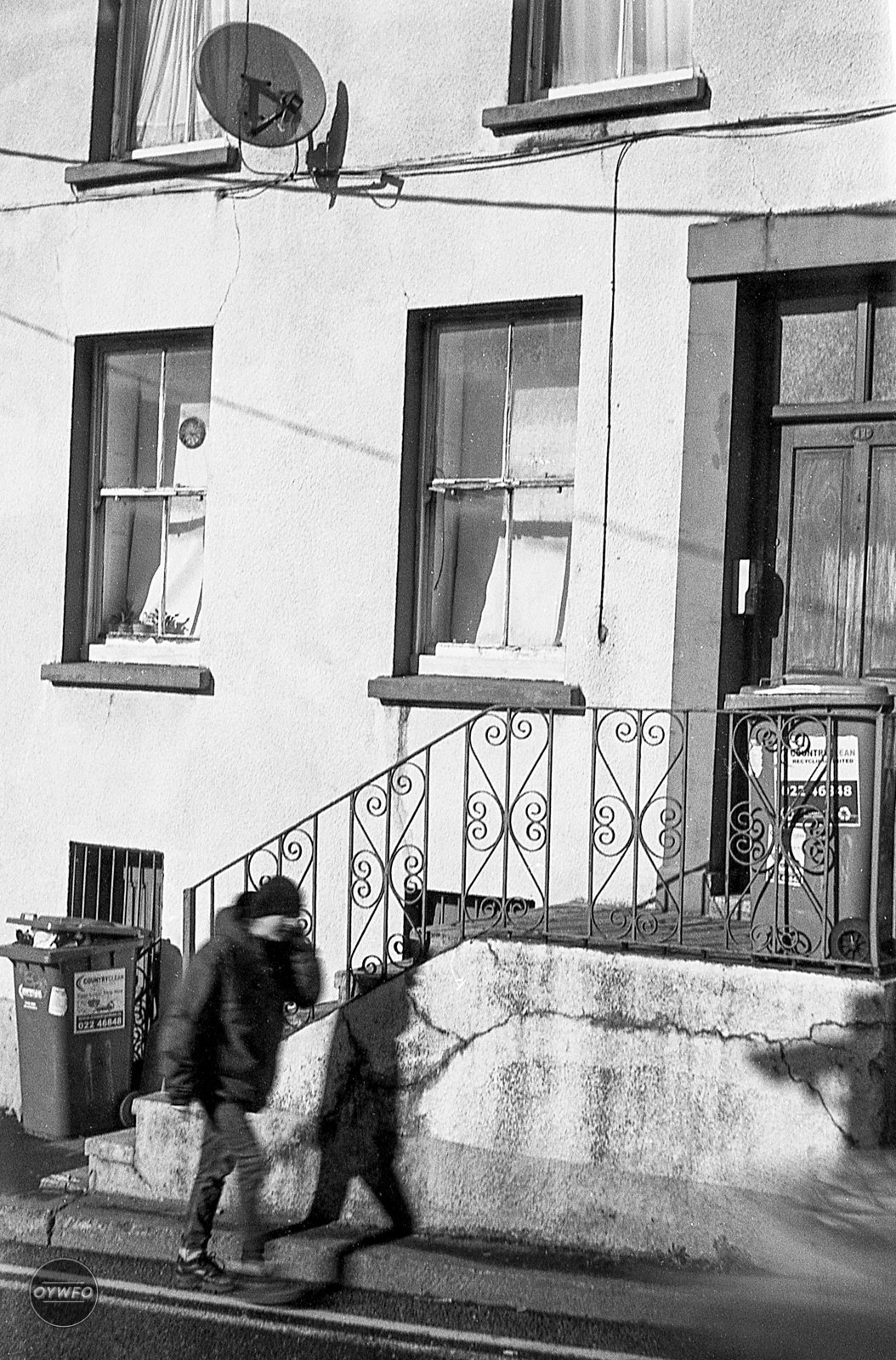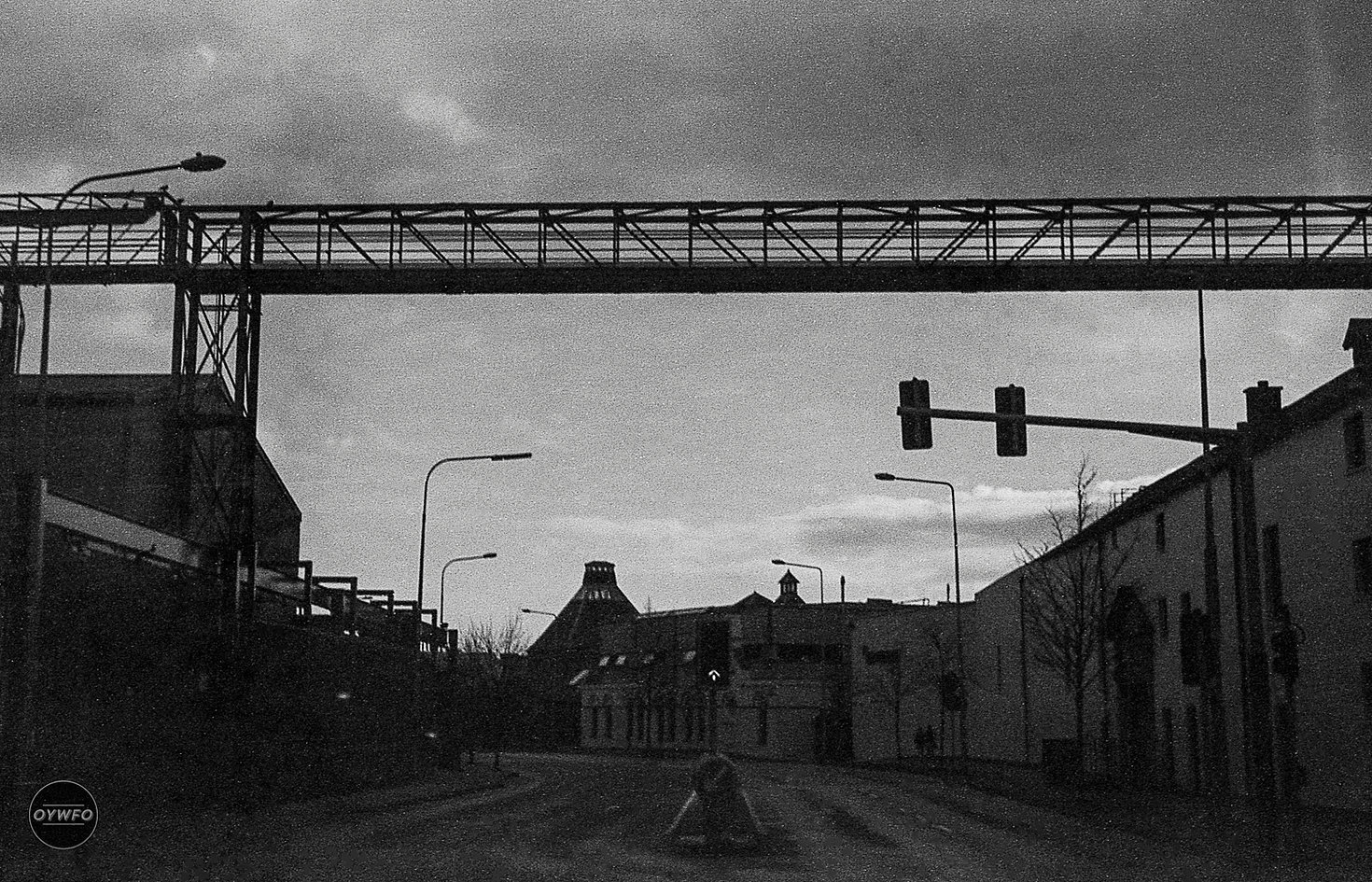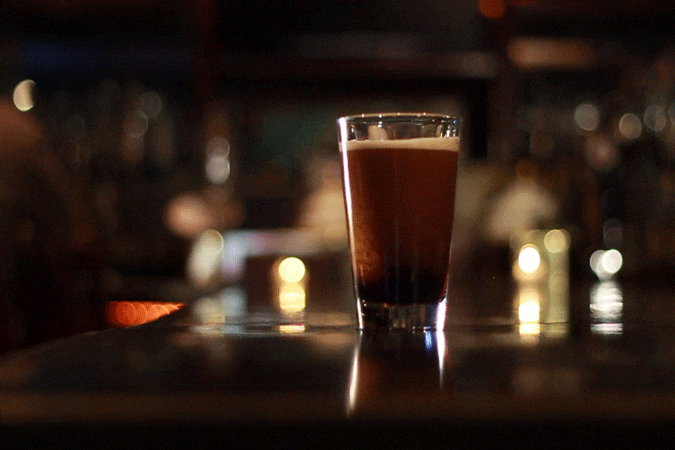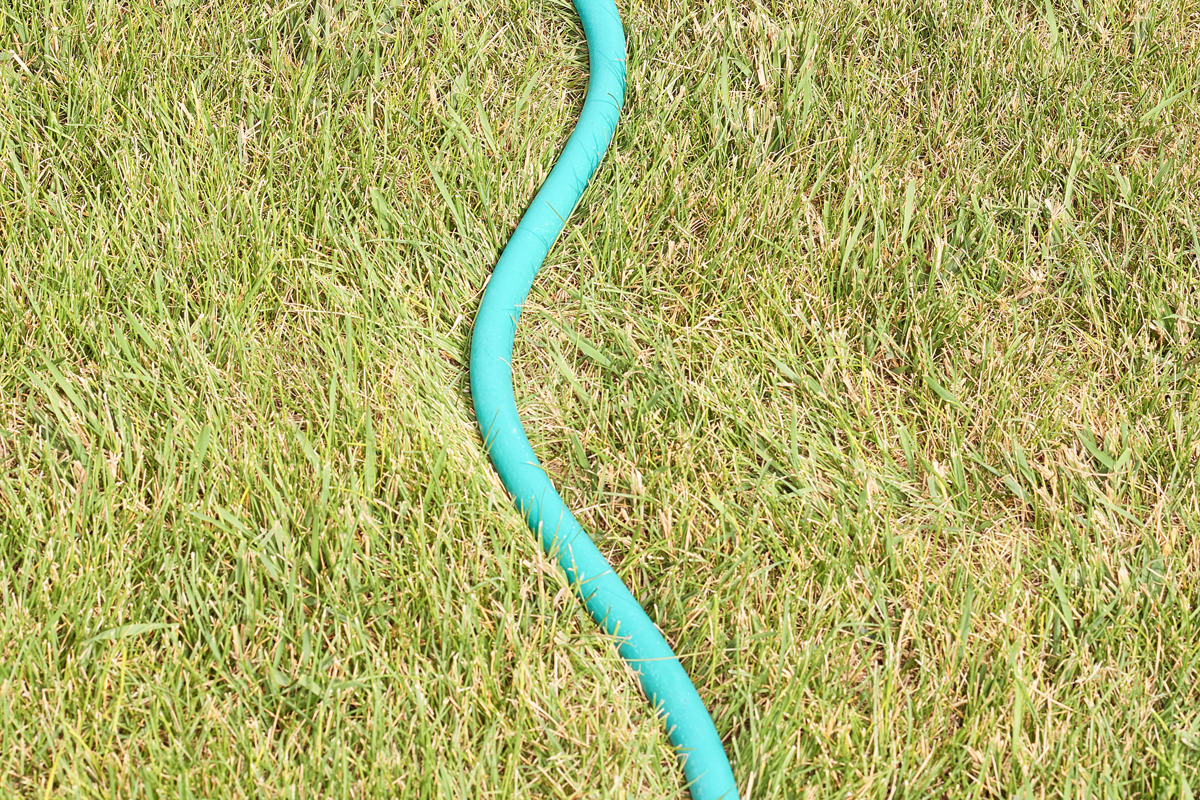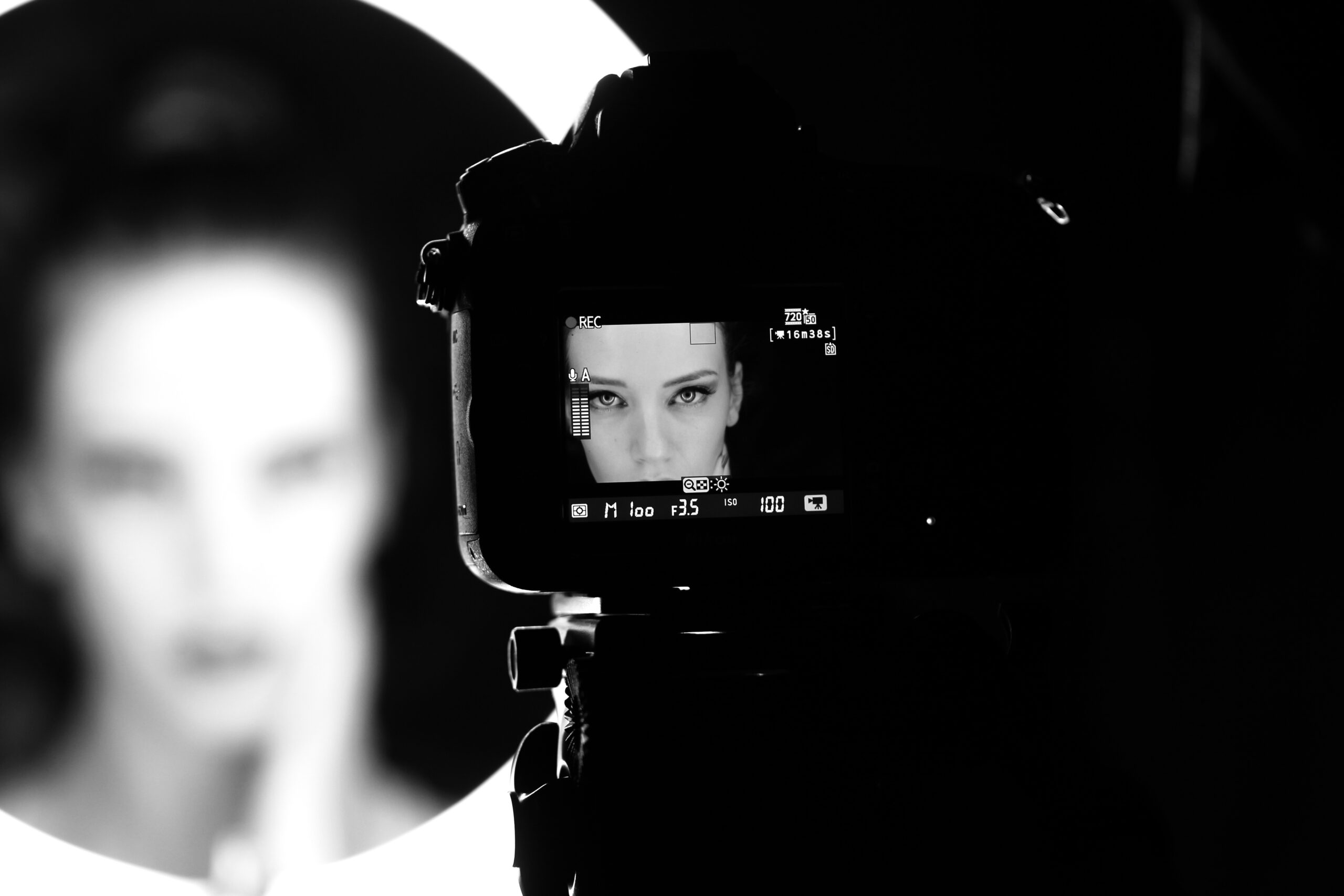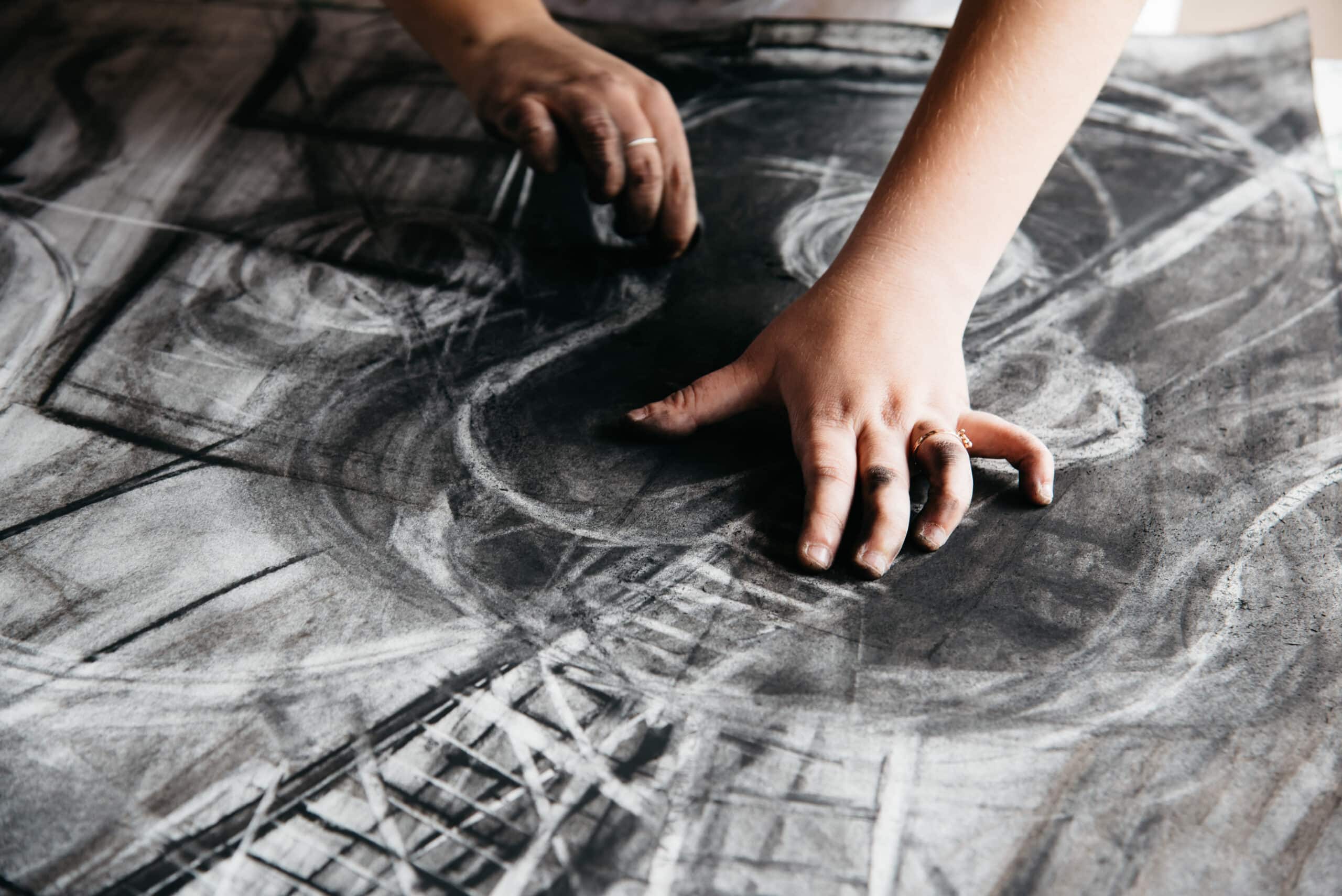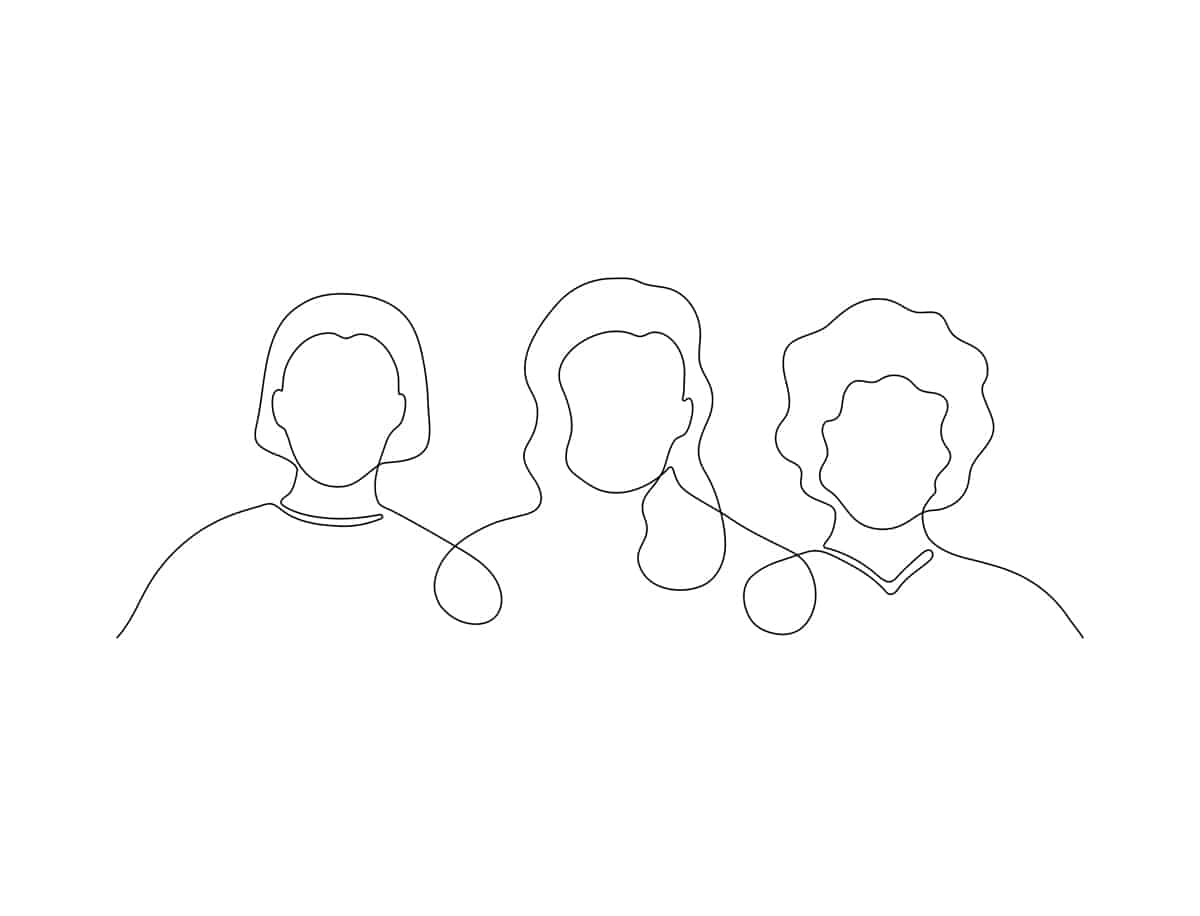Beer can play a few roles in your creative process. Studies have proven that a pint or two can improve your problem-solving abilities and an empty can of Budweiser easily doubles as a pinhole camera—but did you know that beer can be used to develop film?
Stepping beyond the confines of professionally-concocted chemicals definitely won’t yield the same results, but you might be surprised by the soft lower contrast tones that a Guinness brings to your photography. The fuzzy, gray effect is a perfect complement for analog grainy images.
In his step-by-step guide, Vincent Moschetti he mixes the beer with 50g of washing soda and 12g of Vitamin C. Those additional ingredients will activate the developing agents in the beer. He also uses an Ilford Ilfostop stop bath and Ilford Rapid Fixer. If you want to go completely off the grid, you can use water or diluted vinegar for the stop and ordinary saltwater as the fixer.
For this process, you will also need a mixing jar and a Paterson tank. This process also doesn’t require a darkroom. You can load your film into the Paterson tank using a black bag like this one.
Ready to get started? Here are the 5 steps for developing your film with beer:
1. Prepare the developer.
Before you begin, make sure your beer is around 86°F (30°C). Then, pour the can of Guinness (or any other beer you’d like to experiment with) beer into a jar and mix in the washing soda and vitamin C. Stir until the powders are completely dissolved.
2. Add it to the tank.
Add the mixed developer to your Paterson tank and agitate it for one minute. Don’t shake it fiercely, but give it a good rolling around to make sure all the film is covered. Lightly tap the tank a few times on a table to avoid air bubbles sticking onto the film. Do this at the beginning of every minute, for a total of 15 minutes.
3. Empty and stop.
When the developer has been in the tank for 15 minutes, pour it out and pour in yoru stop bath. If you’re using stop bath chemicals, it only needs to be in the tank for 10 seconds. If you’re using a water rinse, it needs a full minute.
4. Fix it.
Now you’re ready for the fixer. Drain your stop bath completely out of the tank and add your fixer for 3-5 minutes. When you’re experimenting with developers, it’s better to leave the fixer in for longer than you normally would. Remember the agitation and tapping you did with the beer mixture? Do the same thing with the fixer.
5. Rinse and remove.
After the fixer does its job, your film is now light proof and you can open the tank up. To remove all the chemicals and washes, fill the tank back up with water and do more agitations to clean everything off. It’s recommended to do this three times, filling up and changing the water each time.
Bonus step: If you want to make sure that your film doesn’t have any watermarks, do your last rinse with Kodak Photo-Flo.
Watch Moschetti’s full video below and keep scrolling to see the film that he developed using beer. He says, “All these images were captured with my Smena 8M and a roll of Ilford FP4. You can see that some of them are really underexposed but it’s not developer’s fault. It was me we did an attempt at guessing the exposure…it worked for some shots but I still have a long way to go before I can get rid of my light meter.”
